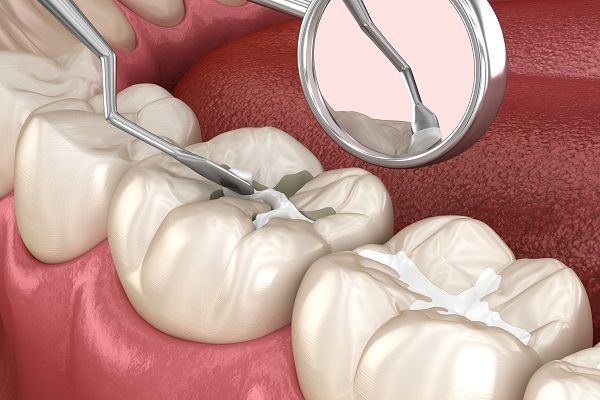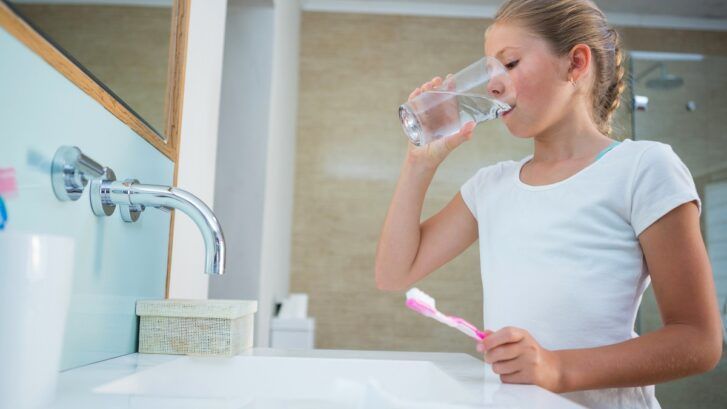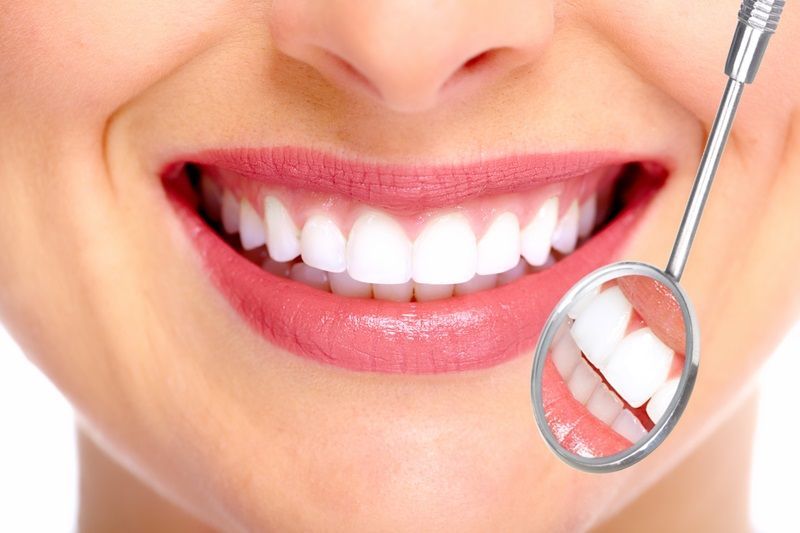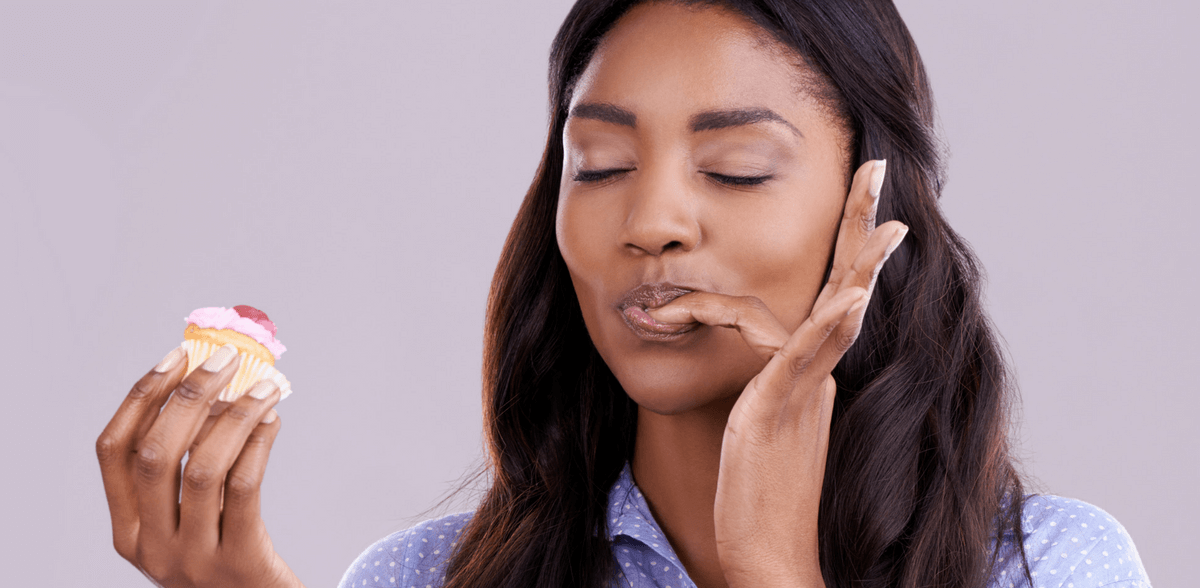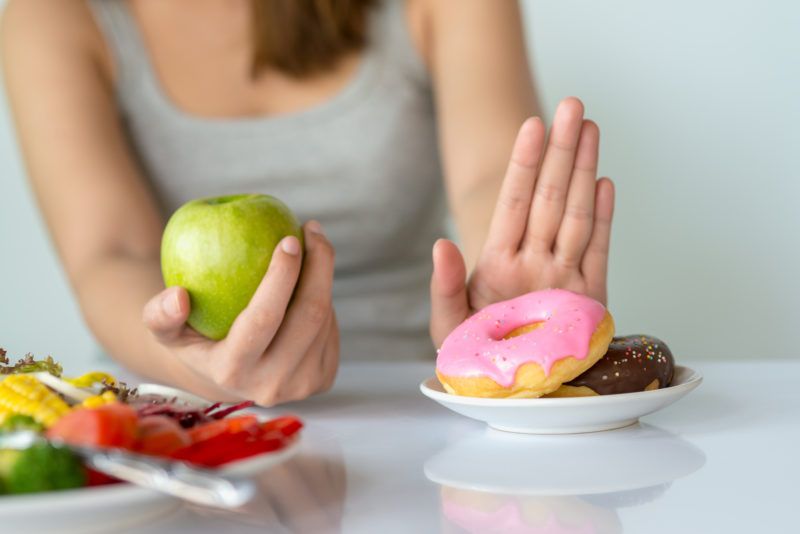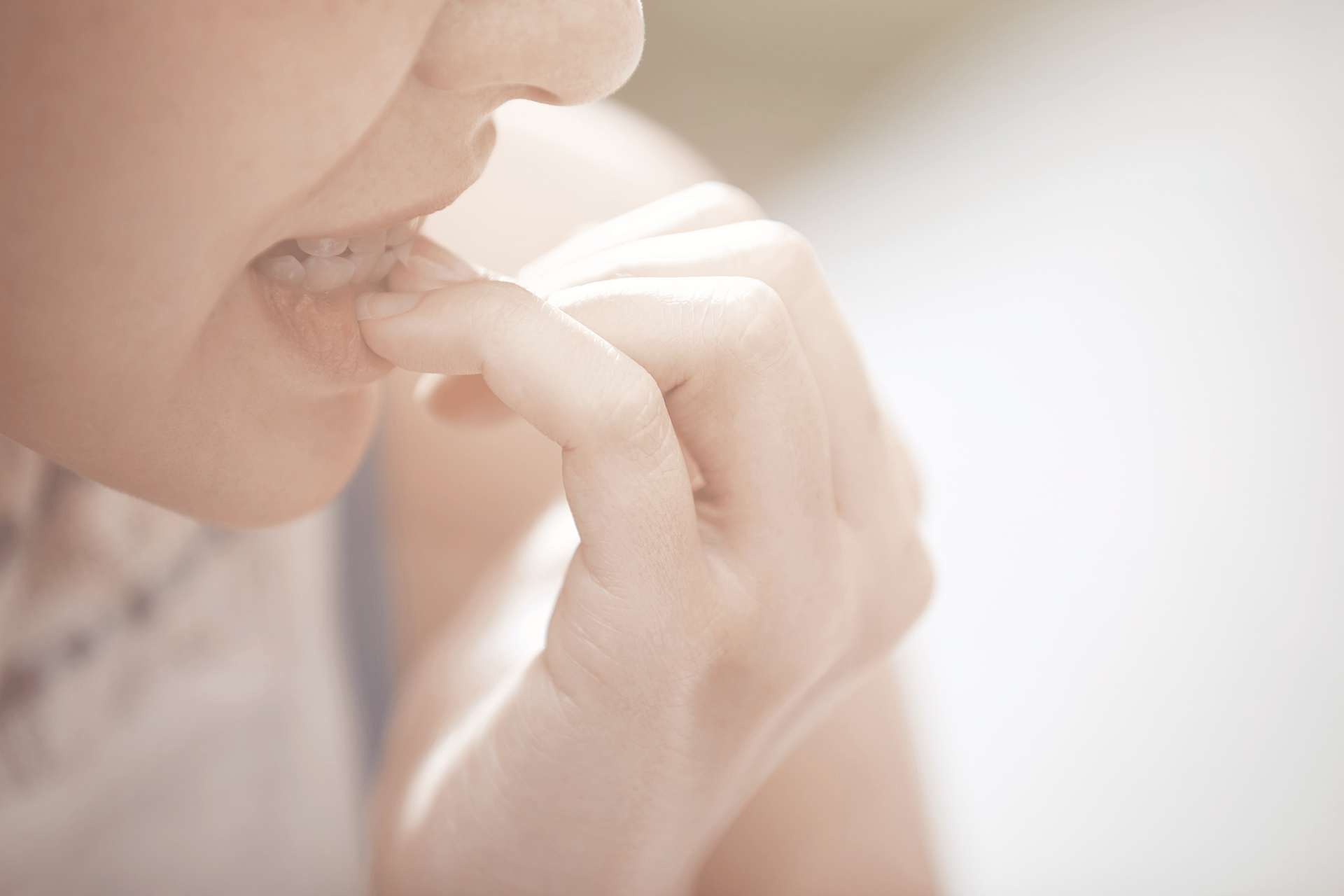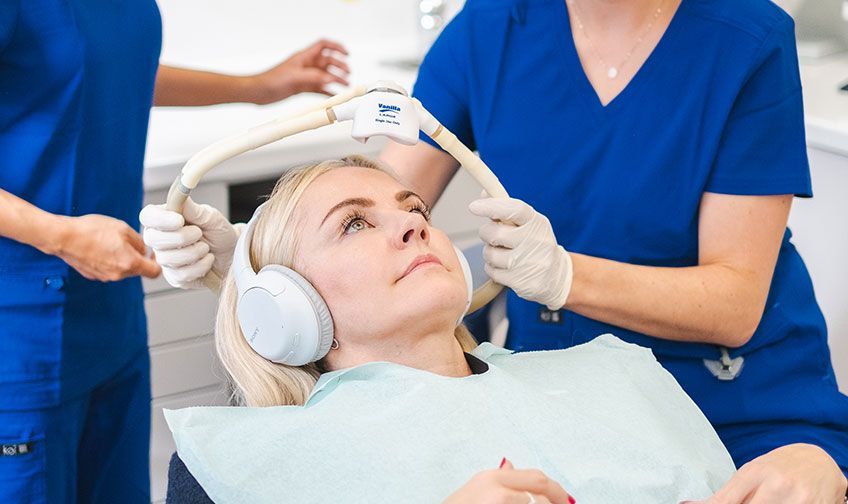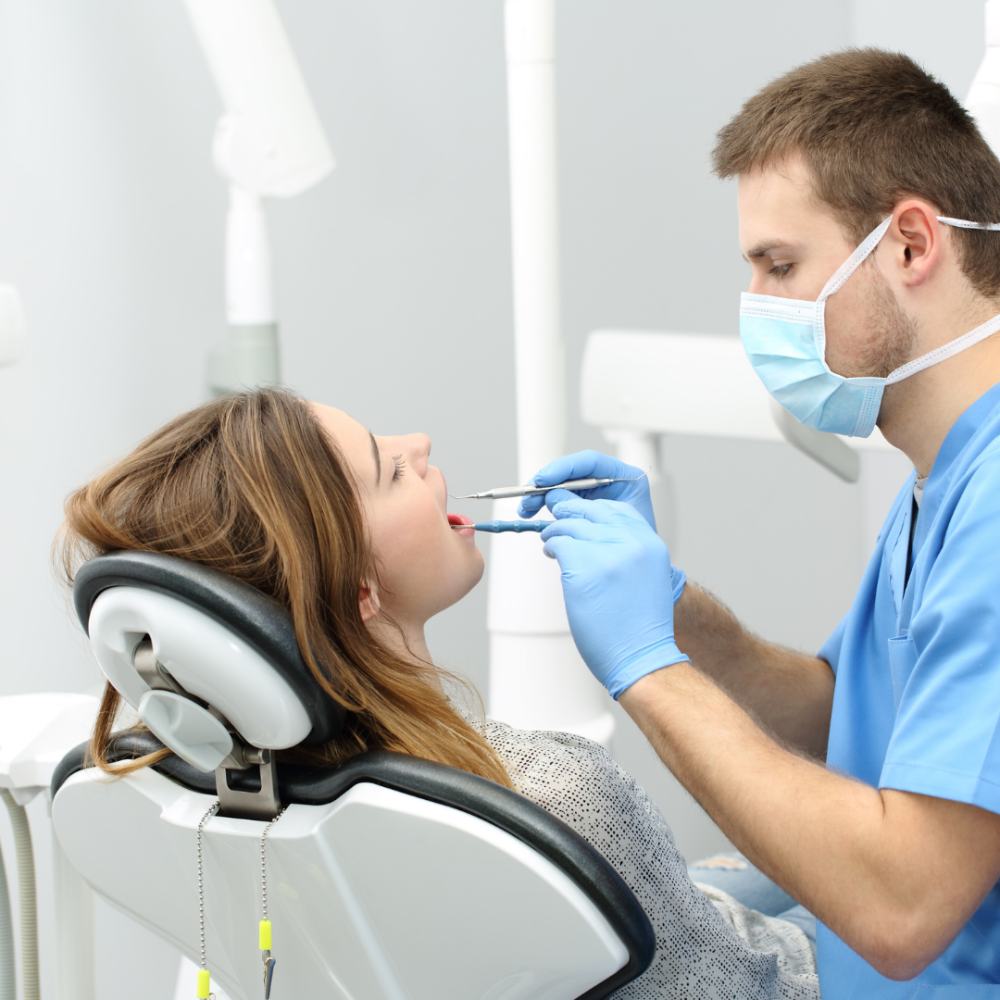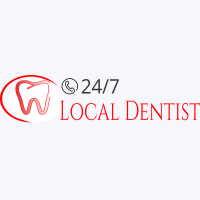
In observance of National Dental Hygiene Month, we would like to begin with a quick, three-step breath test:
- Step 1: Take a cotton swab and with a gentle hand, use it to wipe the back of your tongue.
- Step 2: Remove the cotton swab from your mouth and get a good whiff.
- Step 3: Judgement time. How does it smell? Minty fresh, we hope.
Foul-smelling breath, “poop” breath or halitosis is a sign of poor oral hygiene, among several other indicators. And, according to the Centers for Disease Control and Prevention (CDC), about 80 percent of people in the United States develop at least one cavity by age 34. Therefore, despite constant reminders by top dentists in Southern California, most Americans still overlook the importance of proper dental hygiene.
Here at 24/7 Local Dentist, many patients from Irvine and Montclair, CA come in with bad breath, cavities, gingivitis, and other dental problems. With the right oral hygiene, you may avoid the same fate.
Top 10 Oral Hygiene Mistakes
The following oral health mistakes can contribute to the emergence of dental problems:
1. Brushing Once a Day
Many of us with nine-to-five jobs are naturally coerced to brush our teeth in the morning to curb bad breath. However, with a restricted one-hour lunch break, neglecting to brush mid-day becomes too easy. As you commute or drive home after a long day, have dinner, and maybe indulge your sweet tooth with dessert — the thought of nighttime brushing seems burdensome as you climb into bed exhausted.
Guilty? Now is the time to change this smile-damaging habit, and here’s why: by the end of your day, you have a significant amount of food debris stuck on and in between your chompers. Further, when you are sleeping, your mouth produces less saliva, which helps to bathe your teeth clean. As a result, bacteria in your mouth now have an abundance of debris to consume. The succeeding consequence is an acid secretion that leads to dental decay, cavities, and other problems. Brushing three times daily, after every meal, and before bedtime is non-negotiable.
2. Brushing Too Hard
Aggressive teeth brushing can lead to eventual enamel abrasion and gum recession. Thus, you should brush your teeth gently using a soft-headed toothbrush, or an American Dental Association (ADA)-approved electric toothbrush with a pressure indicator.
3. Not Brushing Long Enough
Even if you brush your teeth after each meal with light pressure, your effort is for naught if you are not allocating adequate time to the task. You should brush for a full two minutes, or else plaque (biofilm or bacteria growing on surfaces within the mouth) will remain intact, leading to bad breath, gum inflammation, and dental caries.
4. Refusing to Floss
If you avoid flossing because of apparent bleeding, the truth is you should floss more than ever. The culprit behind unhealthy gums is often bad oral hygiene, and neglected gums bleed easily when touched. Try a one-week challenge of flossing daily to see significant improvements in your oral health.
If you experience persistent bleeding and mouth pain, do not hesitate to visit our locations since you might have gum disease. 24/7 Local Dentist is the premiere dental practices in Southern California, and we are a leading provider of minimally-invasive gum disease treatment and preventive care. Book your free consultation today.
5. Only Using Floss Picks
Although using floss picks is better than not flossing at all, according to most dental specialists, they are not as effective as traditional string floss or water flossers. Moreover, if you are using the same floss pick to clean all of your teeth, you risk spreading bacteria from one location to another.
6. Rinsing with Mouthwash Instead of Brushing and Flossing
Mouthwash makes an excellent addition to your oral hygiene routine. However, it cannot mimic the thorough, mechanical-cleaning ability of toothbrushes and dental floss, which clean the nooks and crannies between and around the teeth. Mouthwash is a powerful disinfectant, but it falls short on eliminating bacterial plaque completely.
7. Using the Wrong Toothpaste
“It is important to look for the American Dental Association (ADA) stamp on products because the ADA ensures that proper testing has been done on a given toothpaste and that it contains the minimum amount of therapeutic ingredients to maintain a healthy, cavity-free mouth,” says New York City-based dentist, Dr. Inna Chern. “Ask your dental healthcare provider for their opinion of the best toothpaste to suit your individual needs. For example, if you have cavity issues, it is important to use a toothpaste with fluoride. If gingivitis is an issue, there is a slew of toothpaste that can help with minimizing inflammation,” she added.
8. Using Non-ADA Approved Teeth Whitening Products
Like toothpaste, not all whitening products are the same. You should always opt for Whitestrips or gel whitening treatments that have the ADA’s Seal of Acceptance. Choosing otherwise may cause issues, such as tooth sensitivity and damage, or the product might not work at all.
9. Drinking Excessive Amounts of Sugary Beverages
Did you know a 16-ounce can of soda has upwards of almost 30 grams of sugar? Now you do. Sugars are carbohydrates that oral bacteria love to consume. They are also acidic, which can trigger chemical erosion of your teeth. Hence, although drinking soda or any sugary beverage may provide a temporary boost of energy, this awful habit wreaks havoc on your oral health.
Consider swapping your sweet and sticky drinks with black or green tea. These thirst-quenchers and energy-boosters are better for your oral and overall health since they have fewer sugar contents. To avoid staining your pearly whites, sip through a straw.
10. Seeing the Dentist When the Worst Transpires
Making routine visits to your local dentist ensures your teeth and gums are in the pink of health. If you wait until the worst has happened to see the dentist (e.g., feeling intolerable pain), there is a possibility that you are dealing with a severe dental problem that requires more extensive and expensive treatments.
Generally, you should see your dental care provider for a regular checkup every six months. Are you long overdue of an oral cavity examination? Call 24/7 Local Dentist at (833) 220-2448 to schedule your free exam and x-ray appointment.
